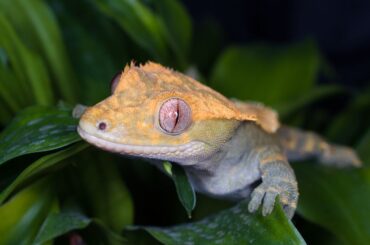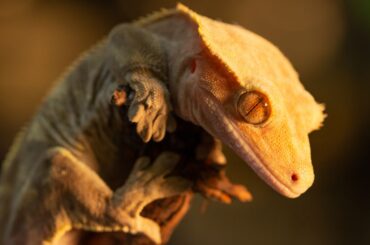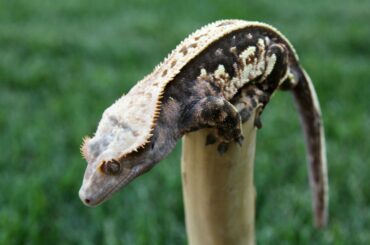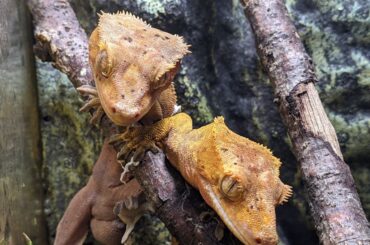Are you fascinated by leopard geckos? Ever wondered how these beautiful reptiles survive in nature? Ever wondered why leopard geckos are popular pets?
Leopard geckos, with their charming speckled patterns, are popular pets worldwide. Their sweet
personality, kind demeanor, and manageable size make them great pets for beginners and experts. Leopard geckos’ unique activities and adaptations have won over many fans beyond their beauty.
Understanding leopard geckos’ native ecosystem is crucial to pet care, not just curiosity. We can recreate their natural habitats in captivity by studying their intricate ecosystems. From temperature to hiding places, everything impacts their health and longevity.
Where Does a Leopard Gecko Live?
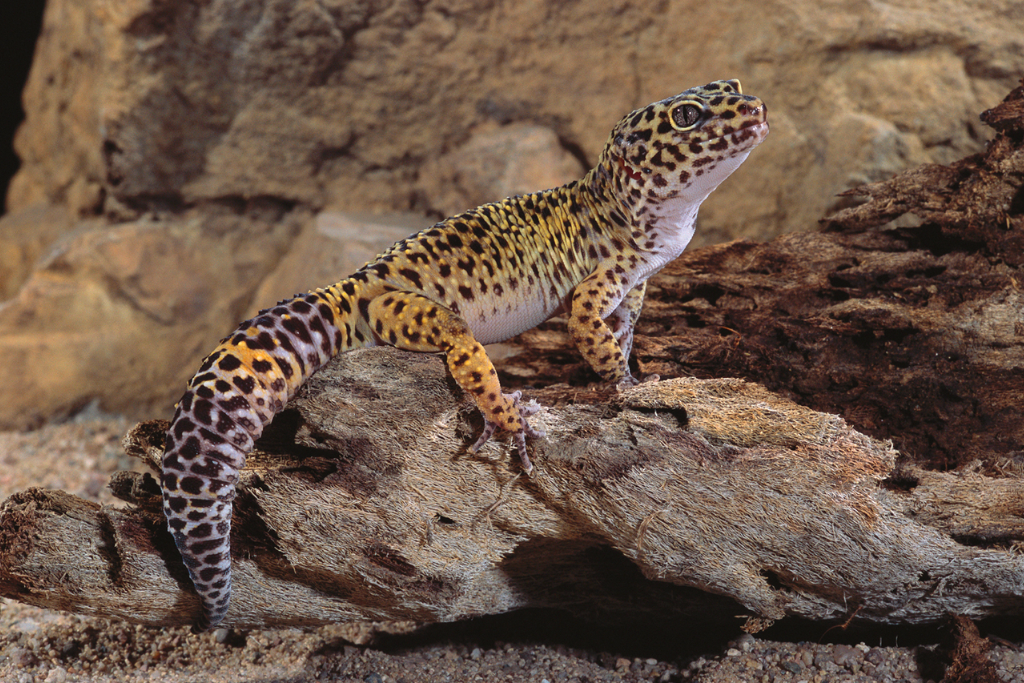
Leopard geckos, fascinating reptiles, live in some of our planet’s most dry and appealing locations. The vast Central Asian and Middle Eastern deserts and semi-deserts are home to these fascinating species. Their tolerance to harsh, sun-scorched conditions shows they can thrive when others fail.
It inhabits a variety of nations with different ecosystems. Iran, Afghanistan, Pakistan, and India have amazing treasures in their deserts and rocks. These geckos may hide from the heat in desert terrain and rocky crevices until sunset when they become nocturnal.
They have adapted and learned to live in different places to stay safe, from the mountains in
Afghanistan to the deserts of India. Knowing where they live helps us take care of them better.
Habitat of a Gecko
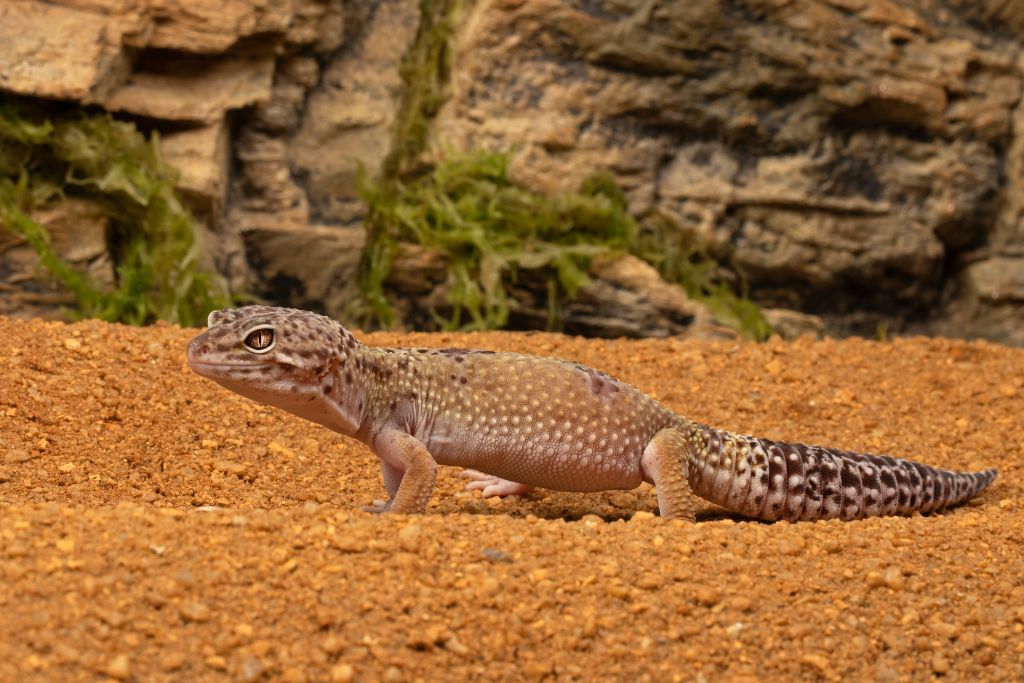
The leopard gecko’s unique traits make its natural habitat a delight. They thrive in arid and semi-arid locations with little rainfall and lots of sunlight. These geckos are experts in adaptation and overcoming environmental difficulties.
They merge with their environment with elaborate designs that imitate terrain textures. The rocky landscape offers geckos several hiding spaces, fissures, and little caves to escape the heat. These nocturnal critters hunt insects at night.
They’ve learned to save water in their bodies, and they can explore at night when it’s cooler. Interestingly, they can hunt and study under the moonlight.
A Leopard Gecko’s Wild Lifestyle
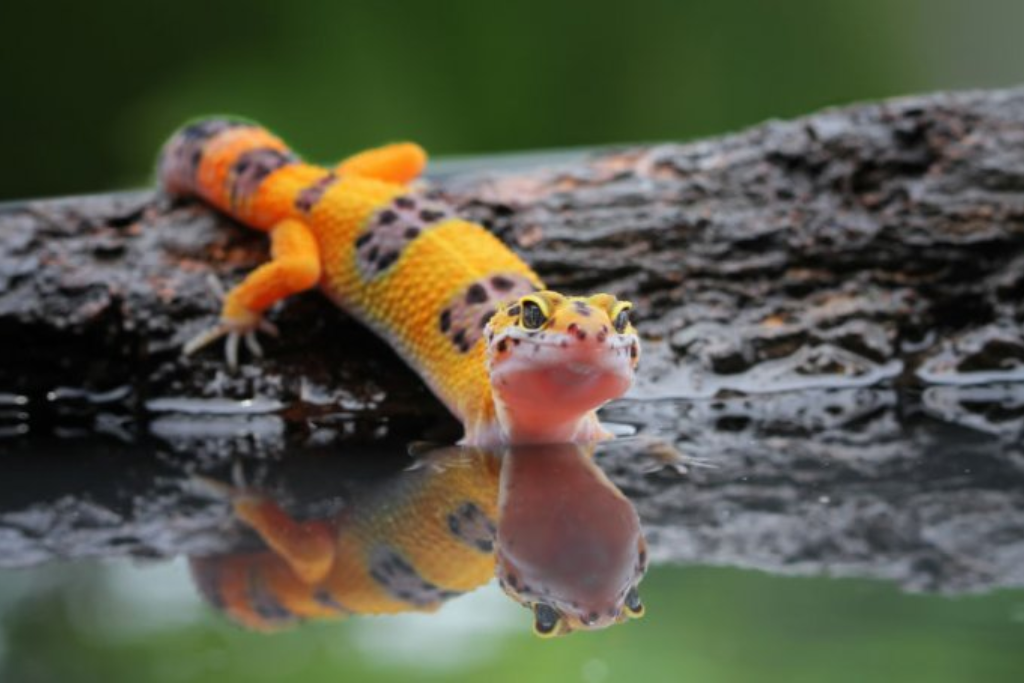
These fascinating creatures have a unique routine. They are awake at night, sleep during the day, and are very good at catching their food. They also know how to hide from the hot sun in the desert.
Explore how leopard geckos act in their natural homes to uncover what makes them attractive in their own habitats.
A Peek into a Leopard Gecko’s Regular Life:
- Nocturnal Forays: Leopard geckos, who are active at night, come out in the moonlight to explore their rocky homes. They rely on their sharp senses to find insects, like crickets and beetles, their main food source.
- Hunting Expeditions: Leopard geckos use their fantastic hunting abilities carefully and patiently. They track their prey by smelling and seeing well, then swiftly catch it using sticky toe pads. This helps them catch their food successfully.
- Feeding Frenzy: Once they catch their dinner at night, leopard geckos return to their rocky homes to eat. Leopard geckos enjoy munching on various insects, providing them with the important stuff to stay strong in their dry home.
- Daytime Retreats: When the sun gets hot, these geckos find cool spots in crevices or holes to rest and save energy, escaping the blazing daytime heat.
- Heat Management: Leopard geckos are good at controlling their body temperature. In the morning, they sit on warm rocks to soak up heat. This helps them stay at just the right temperature for their nighttime adventures.
- Evening Explorations: As the sun sets and the desert cools, leopard geckos emerge again from their hiding places. They engage in social interactions, mark their territories, and continue their hunt for sustenance.
- Rejuvenating Sleep: When the exciting nighttime activities are over, leopard geckos find a cozy resting spot. They take naps during the day and explore at night, creating a balanced routine that matches the desert’s changing conditions.
Threats to Wild Leopard Geckos
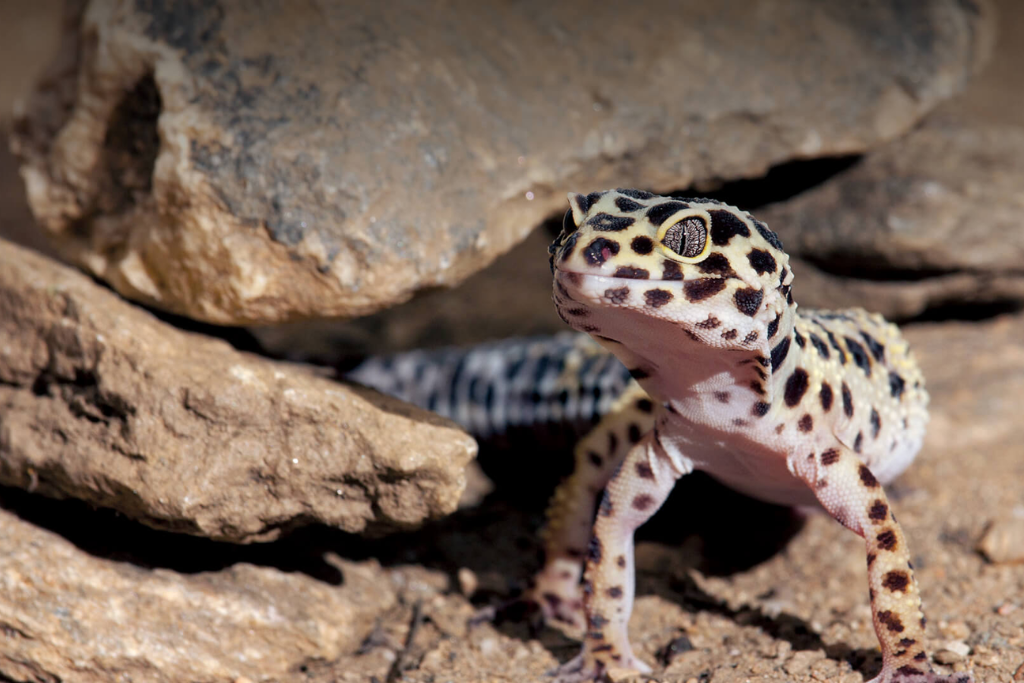
In the leopard gecko’s natural environment, which is a strange place, they perform some interesting habits. These animals, which are best at night, show their unique way of life as they move through their rocky homes, looking for food and a place to get out of the desert heat.
- Predator Pursuits: In the harsh terrains they inhabit, leopard geckos are not alone. They share their world with predators like snakes, birds of prey, and larger mammals, who view them as potential meals.
- Changing Climates: The ever-changing desert weather can be tough for leopard geckos. Sometimes it gets super hot, and other times it rains irregularly, affecting their food and safe places. It’s hard for them to find enough to eat and stay safe.
- Habitat Alterations: When people build cities and destroy habitats, it messes up the geckos’ homes. They lose places to hide, and it changes how they live.
- Competing for Resources: These geckos compete with other reptiles for limited resources like food and shelter, which can strain their survival chances.
- Illegal Pet Trade: The allure of leopard geckos as pets can lead to illegal capture and trafficking, further endangering wild populations.
- Natural Selection: As well-adapted as they are, not all leopard geckos survive. Natural selection plays a role in shaping their populations and maintaining the delicate balance of their ecosystem.
Leopard Gecko Captivity vs. Wild Living
Leopard geckos, beloved pets, live very differently from their wild relatives. Unlike their wild counterparts, they have stable food, controlled weather, and safe enclosures in captivity. Captive geckos gain from reduced predator exposure and a stable food source but miss out on hunting and adapting.
As pet owners, we must give caged leopard geckos natural homes. This includes heat, hideouts, exercise, and stimulation. Understanding these geckos’ specific needs, from diet to activity, helps us care for them in captivity.
To care for leopard geckos and their homes, we can join support groups that teach us about them, protect where they live, and stop people from taking them. This helps these special geckos stay safe and happy in their own homes.
Conservation Efforts
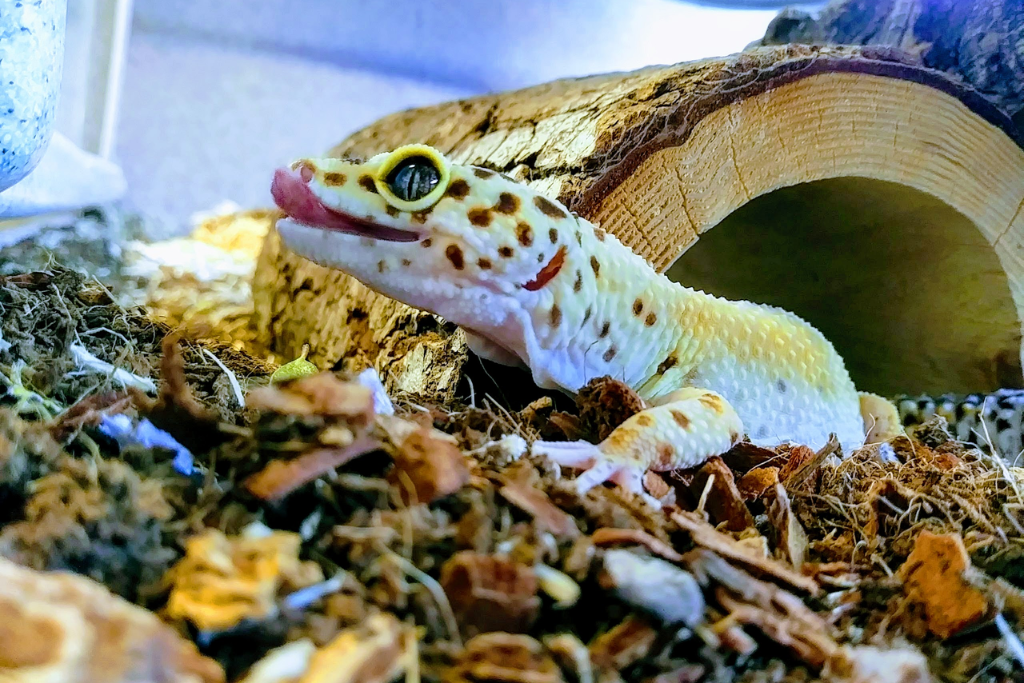
Conservation of leopard geckos and their habitats is a must. Protecting these fascinating species helps maintain environmental balance and biodiversity. Leopard geckos’ unique adaptations and roles in their settings make them significant environmental indicators.
Several conservation groups protect leopard geckos and their habitats. These efforts educate local communities and lovers about proper pet ownership, habitat preservation, and illicit pet trade. The Gecko Conservation Society and Wildlife Guardians investigate, conserve, and work with communities to cohabit with these reptiles.
Donating or raising awareness can help leopard geckos and their environments have a better future. Appreciating their function in nature and working together can help these magical creatures thrive in their untamed homes for centuries.
Final Thoughts
As we conclude our leopard gecko exploration, it must be stated that ethical pet ownership and conservation are crucial. Whether you love pets or are a proud owner, your actions matter. Caring for captive geckos and raising awareness of wild ones can improve their health. By adopting ethical pet practices, you are protecting their natural habitats.
FAQs
What are Leopard Geckos Like in the Wild?
In the wild, leopard geckos are nocturnal creatures known for their impressive hunting skills. They have evolved to blend into rocky surroundings, emerging at night to hunt insects, find shelter, and engage in social interactions.
Do Leopard Geckos Live in Tropical Areas?
No, leopard geckos are not typically found in tropical areas. They inhabit arid and semi-arid regions, such as deserts and rocky landscapes.
Do Leopard Geckos Prefer Hot or Cold?
Leopard geckos are ectothermic, relying on external heat sources to regulate their body temperature. They prefer a range of temperatures, with a warm basking area and cooler spots.
What is a Leopard Gecko’s Natural Climate?
Leopard geckos inhabit dry climates. They are well adapted to the temperature fluctuations of desert environments, where hot days and cooler nights are common.
What is the Habitat of a Gecko?
The habitat of a leopard gecko consists of rocky terrains, crevices, and desert landscapes. They
use these features for shelter, protection, and hunting opportunities.

